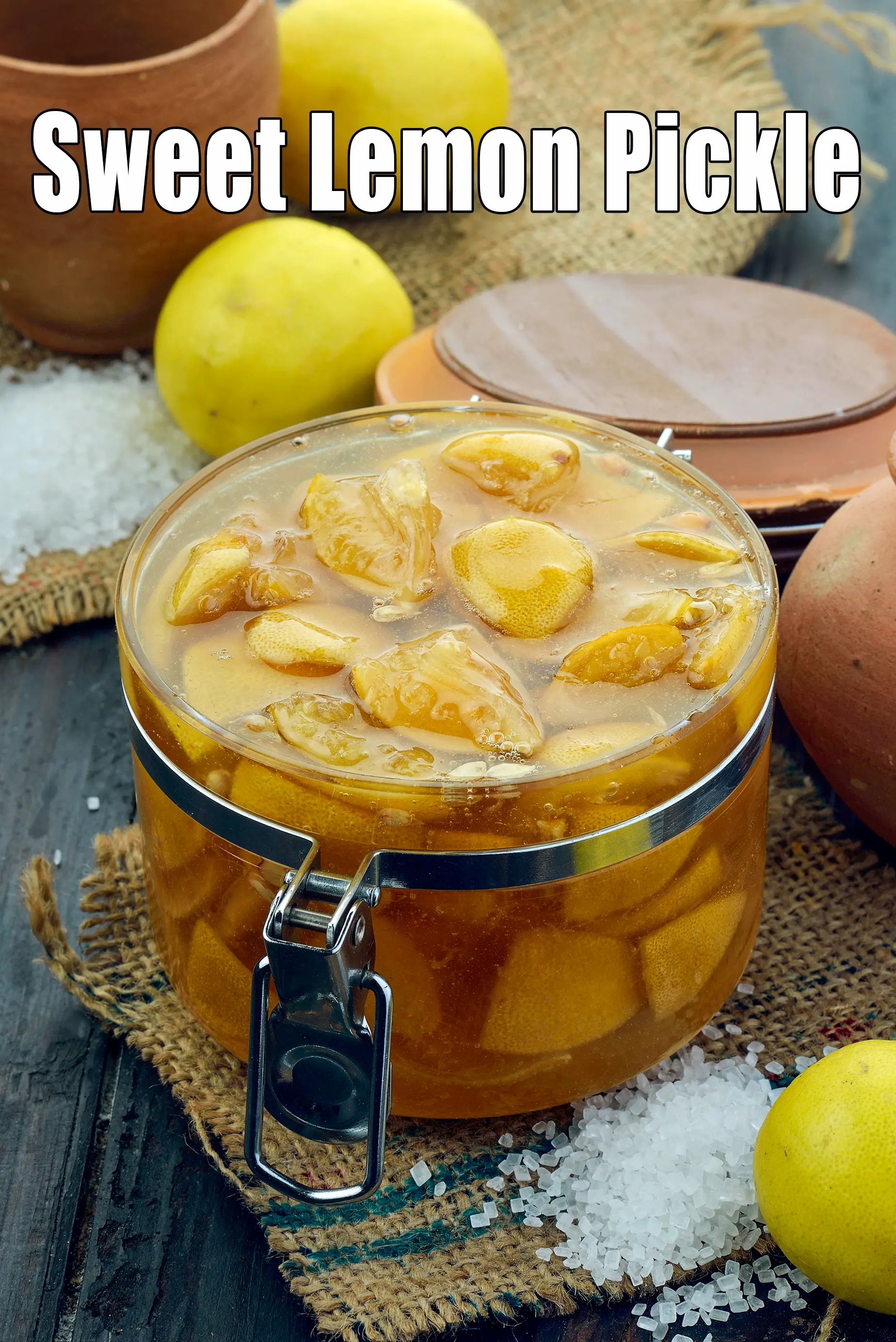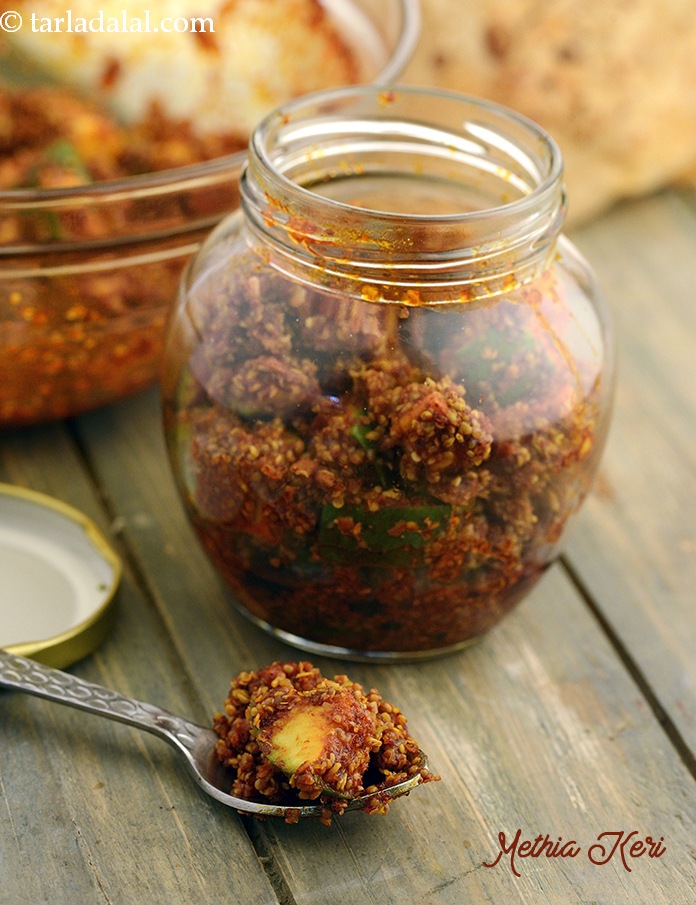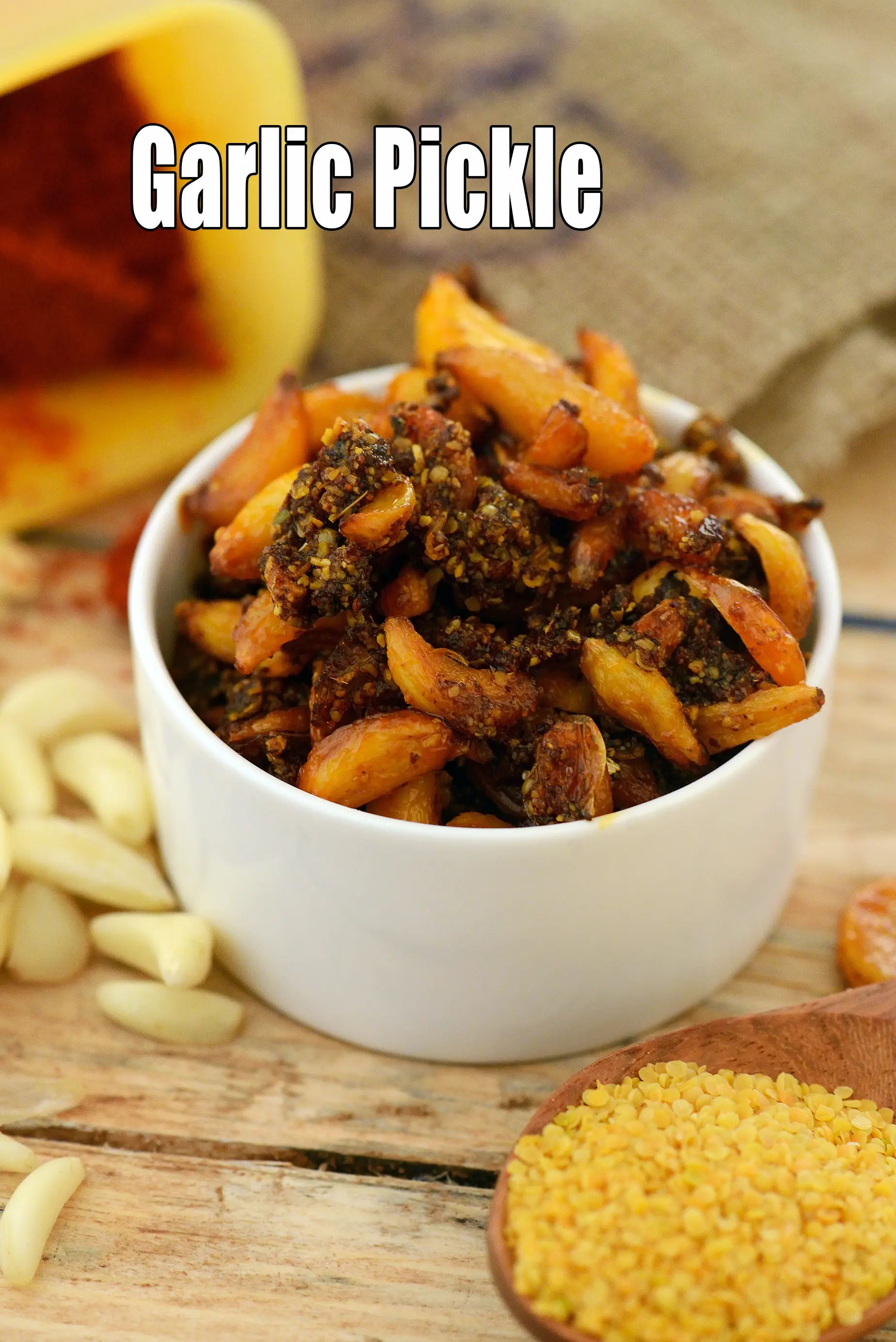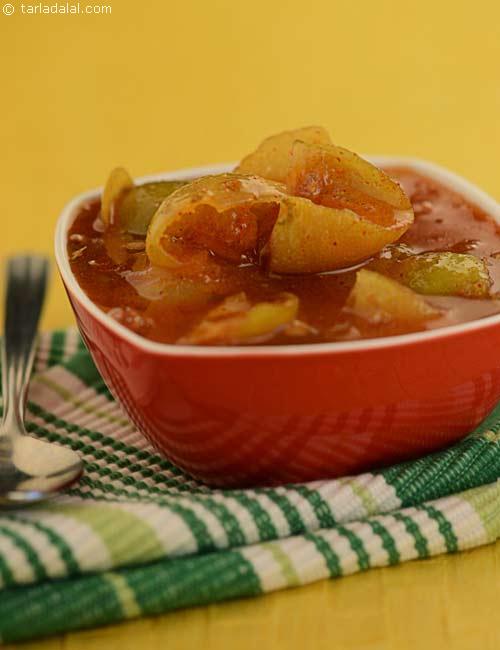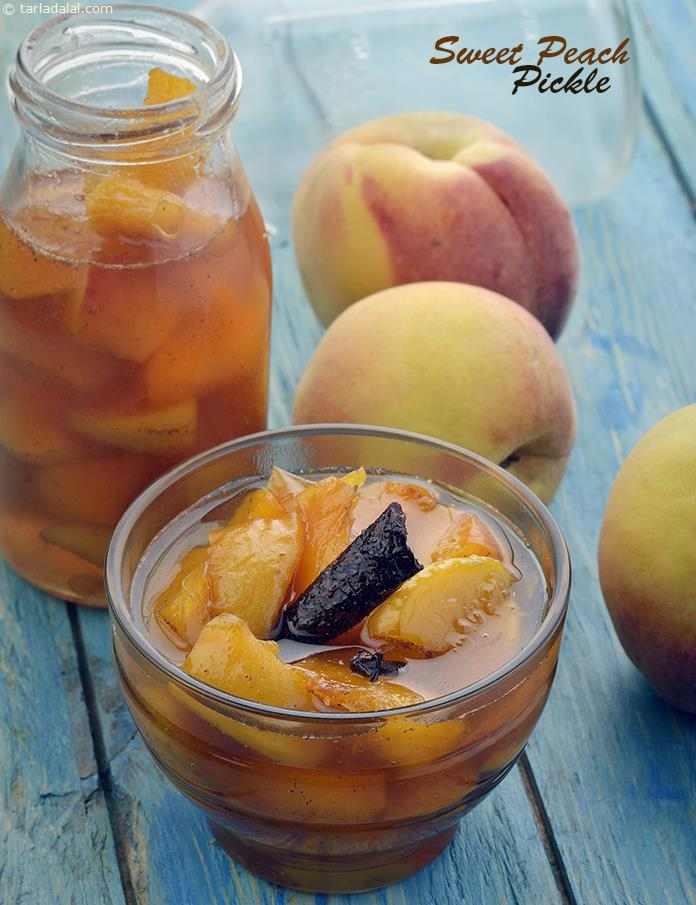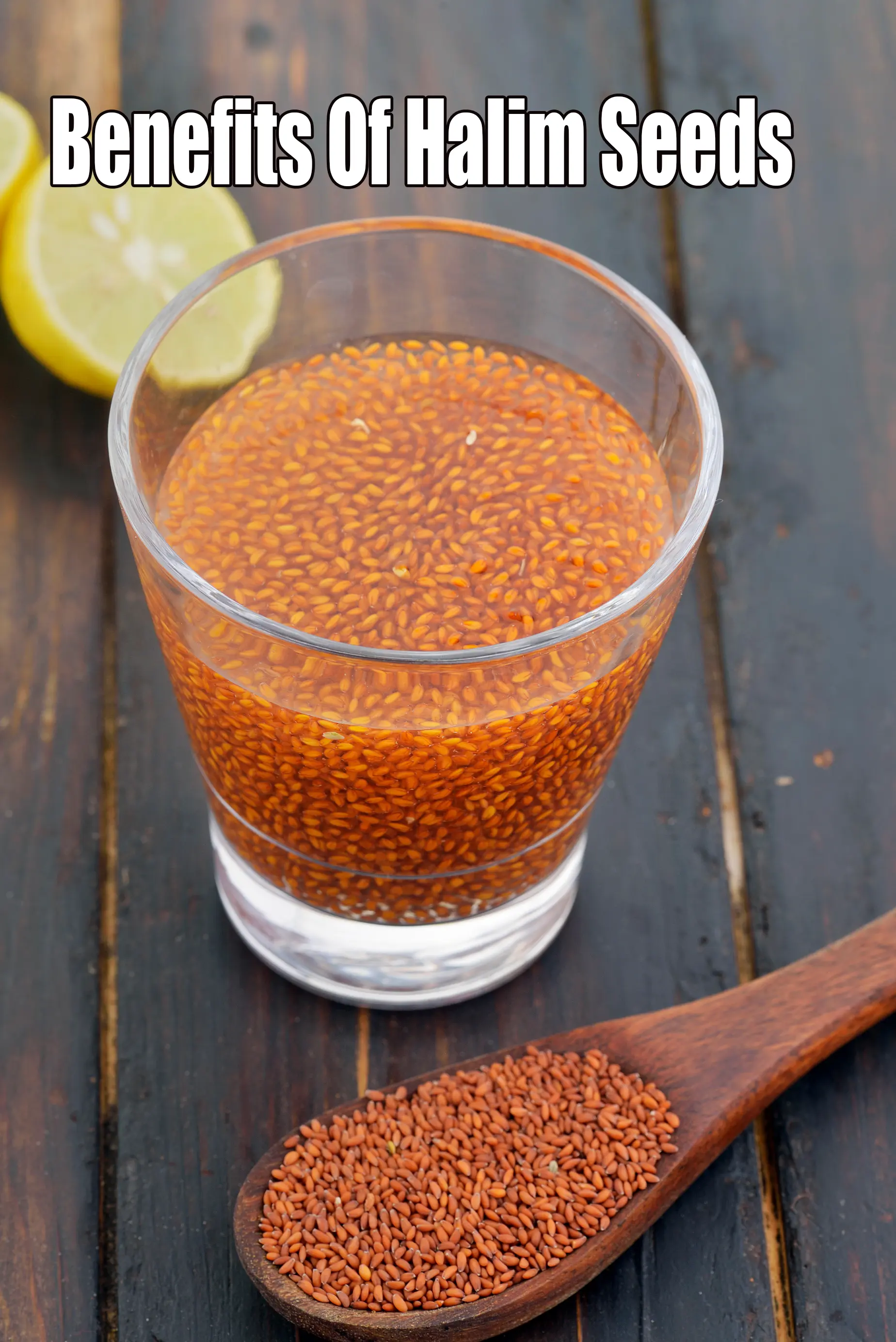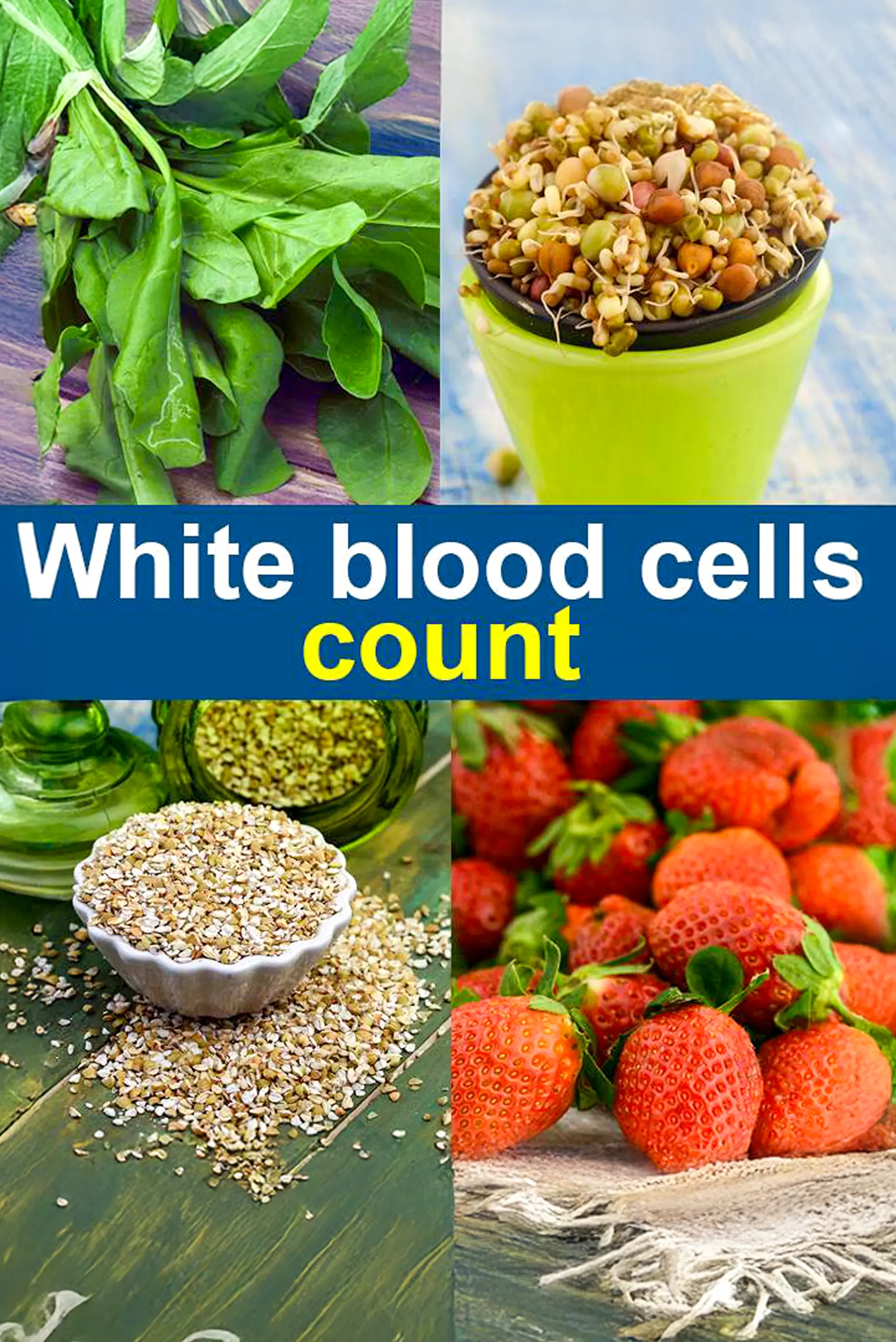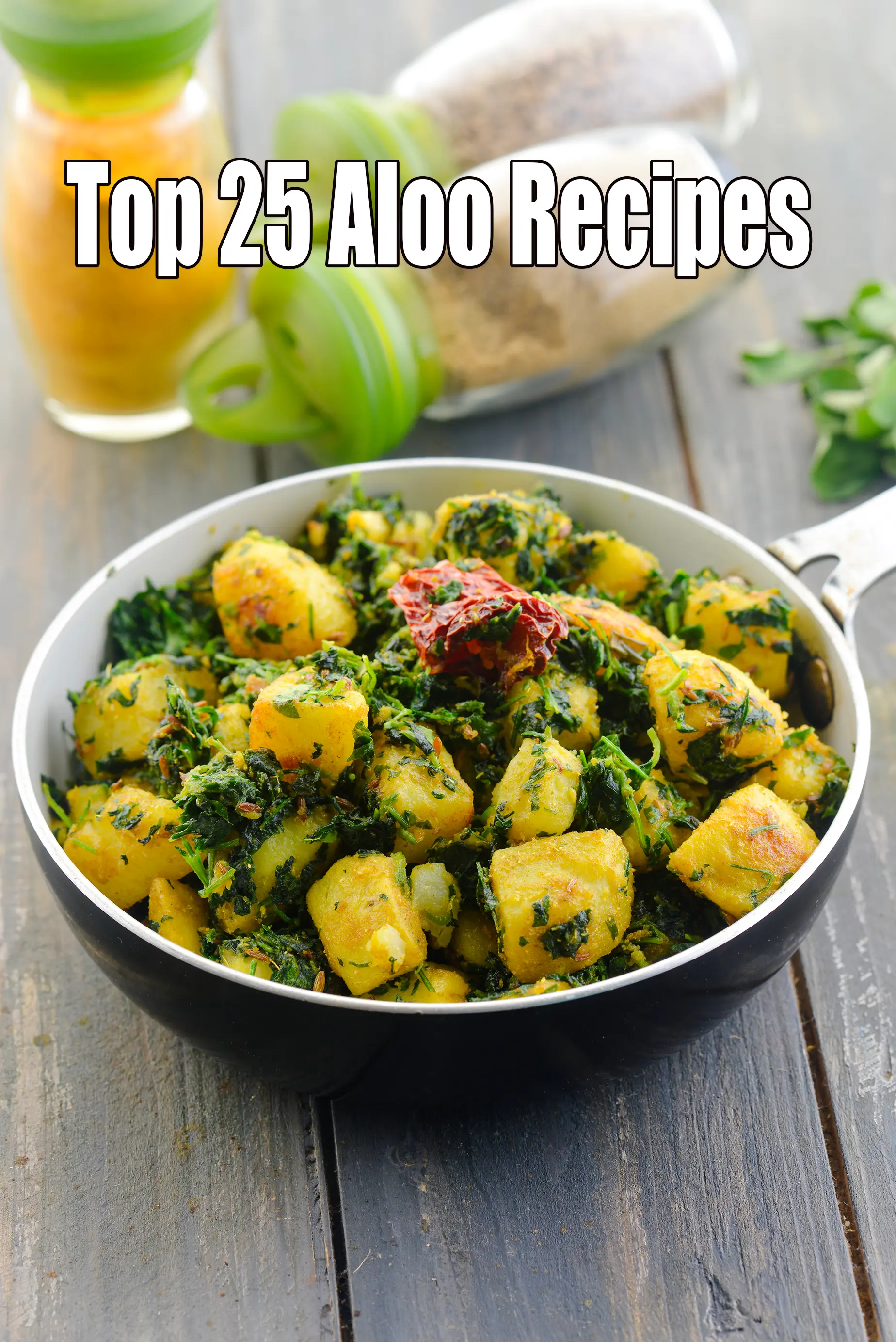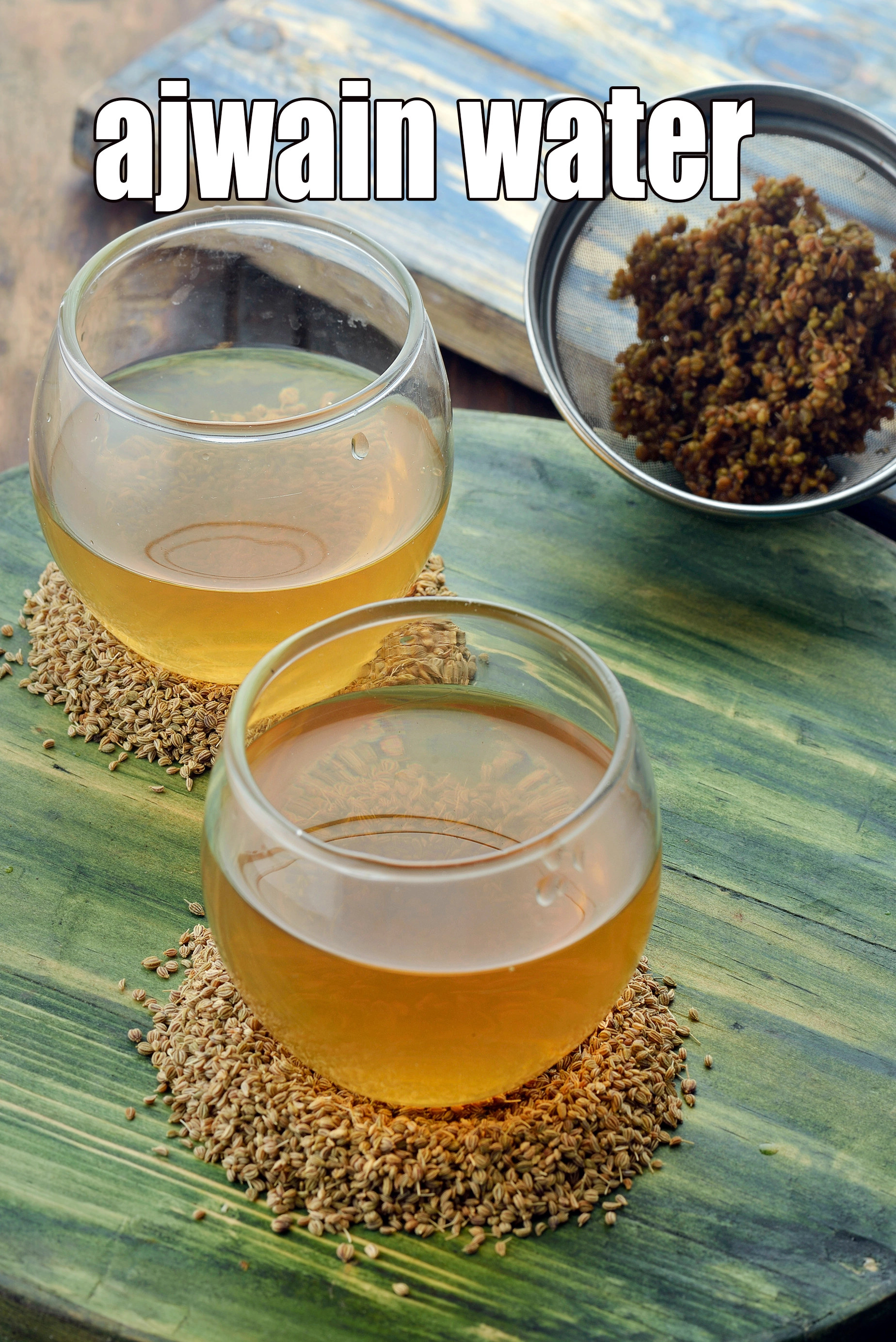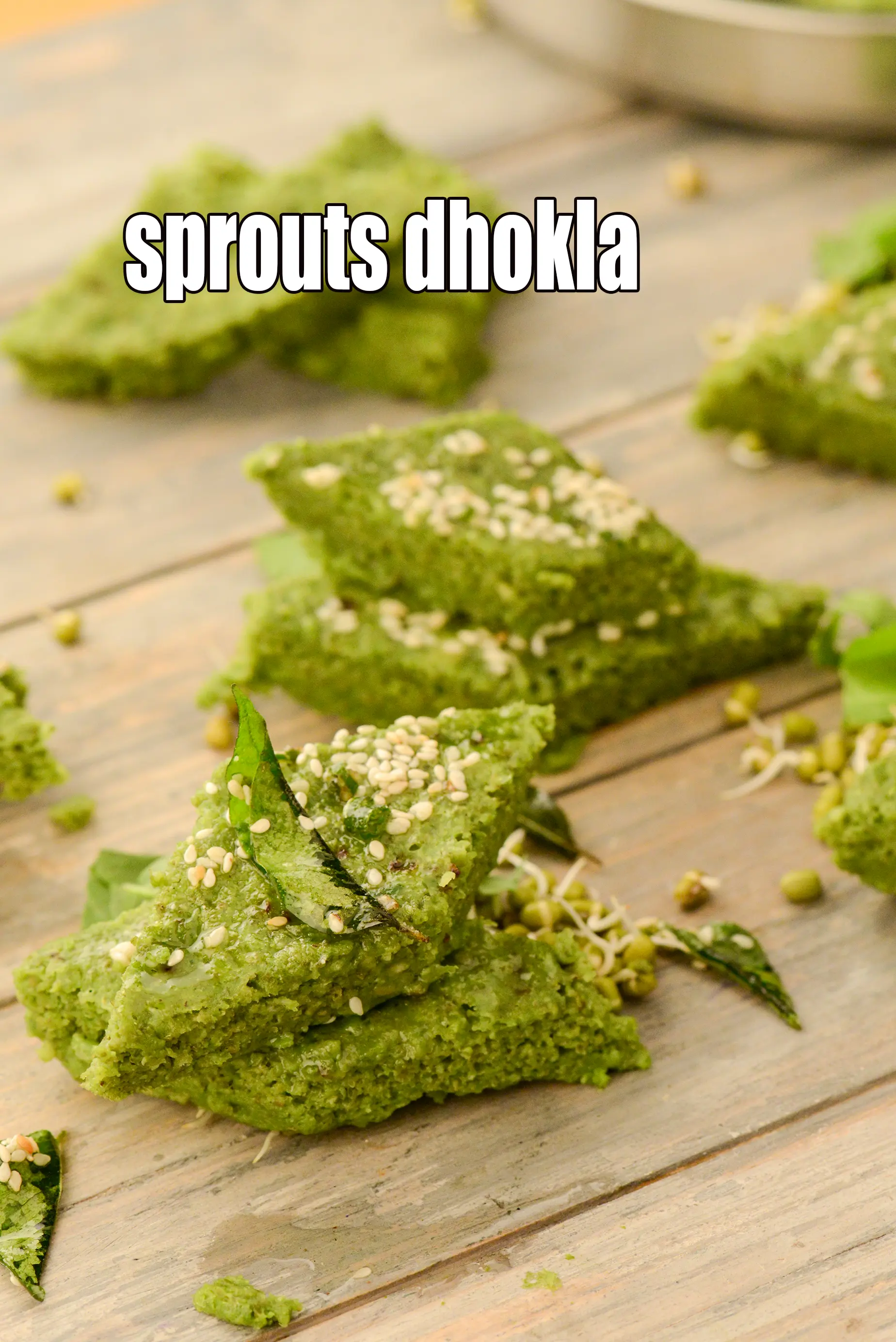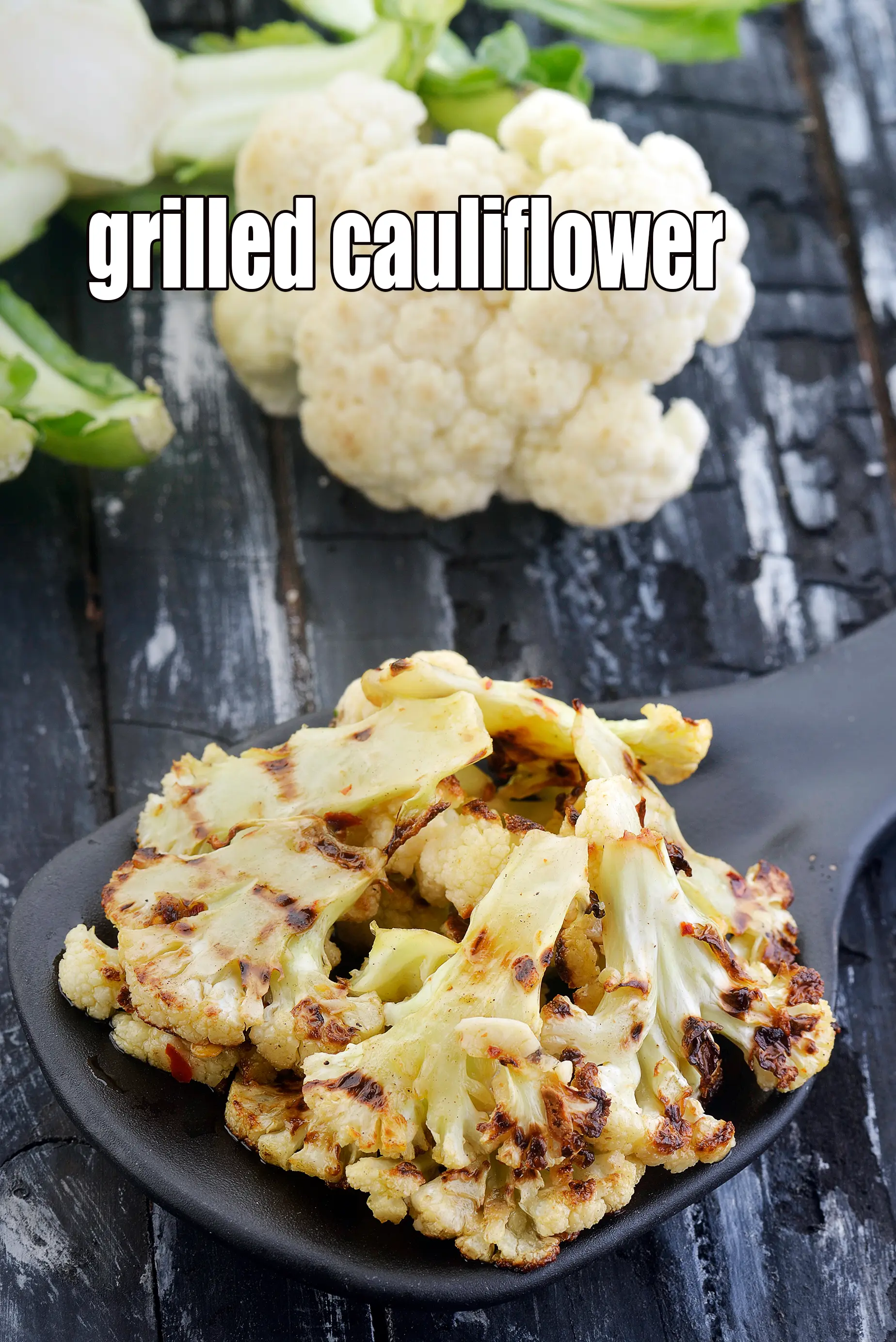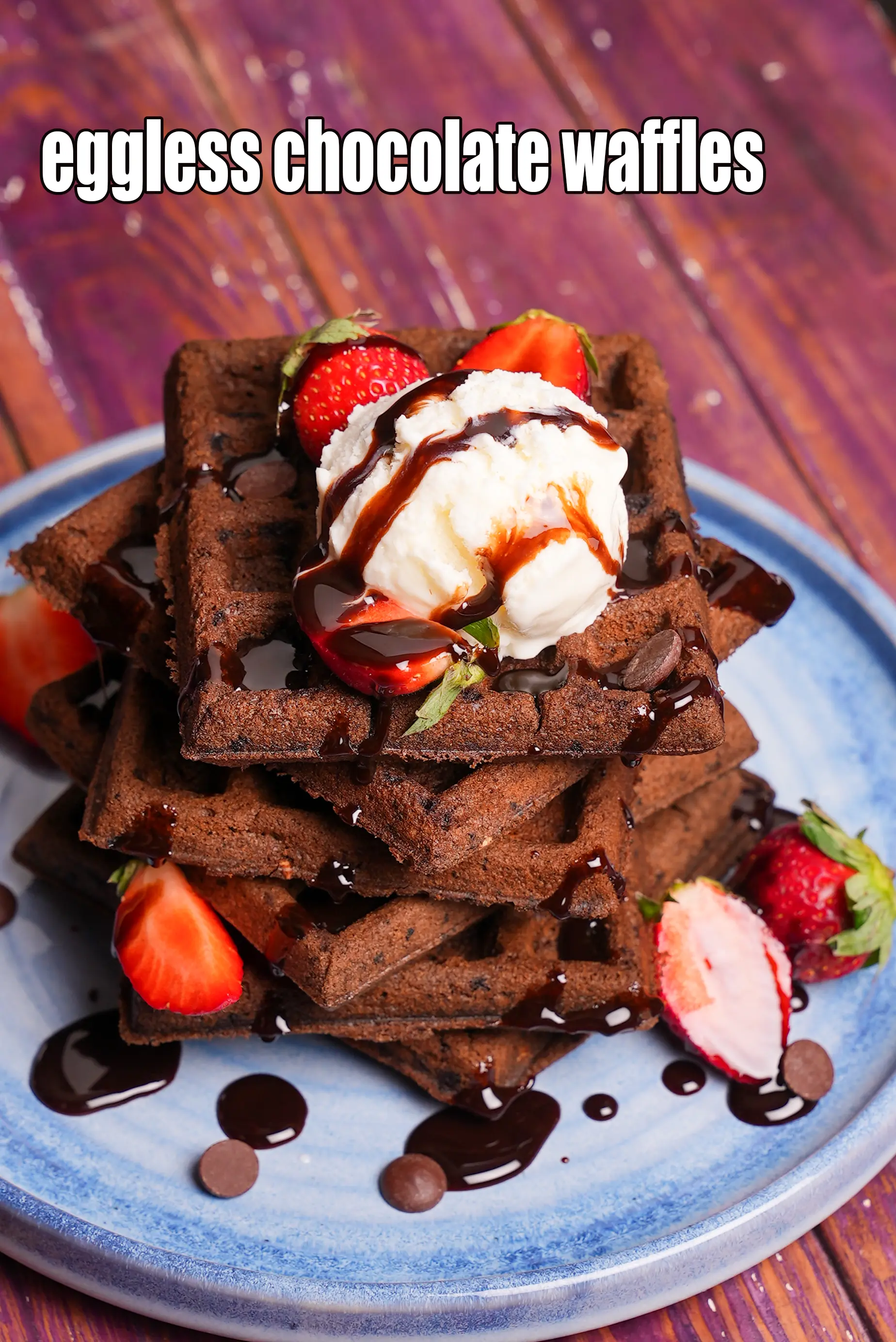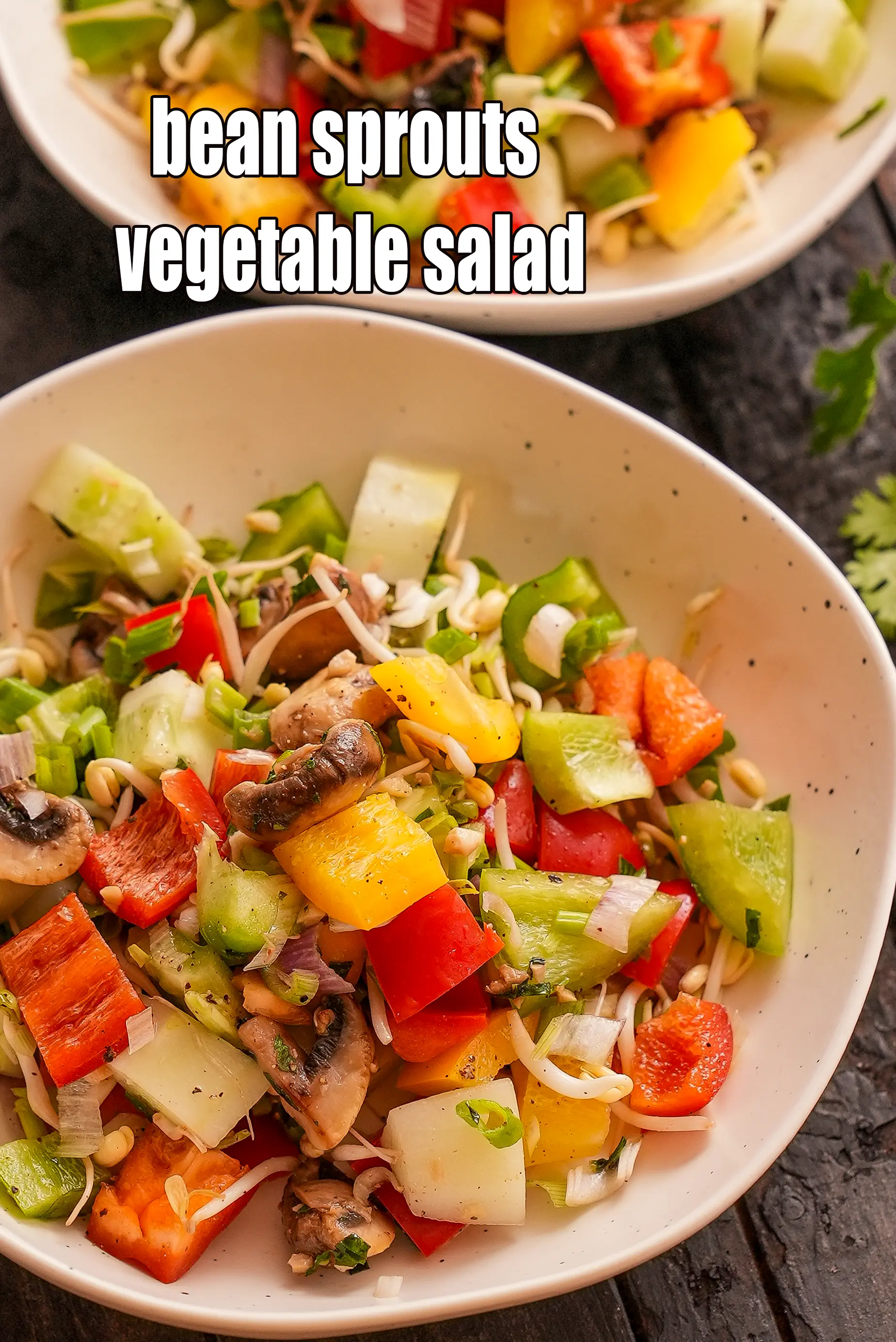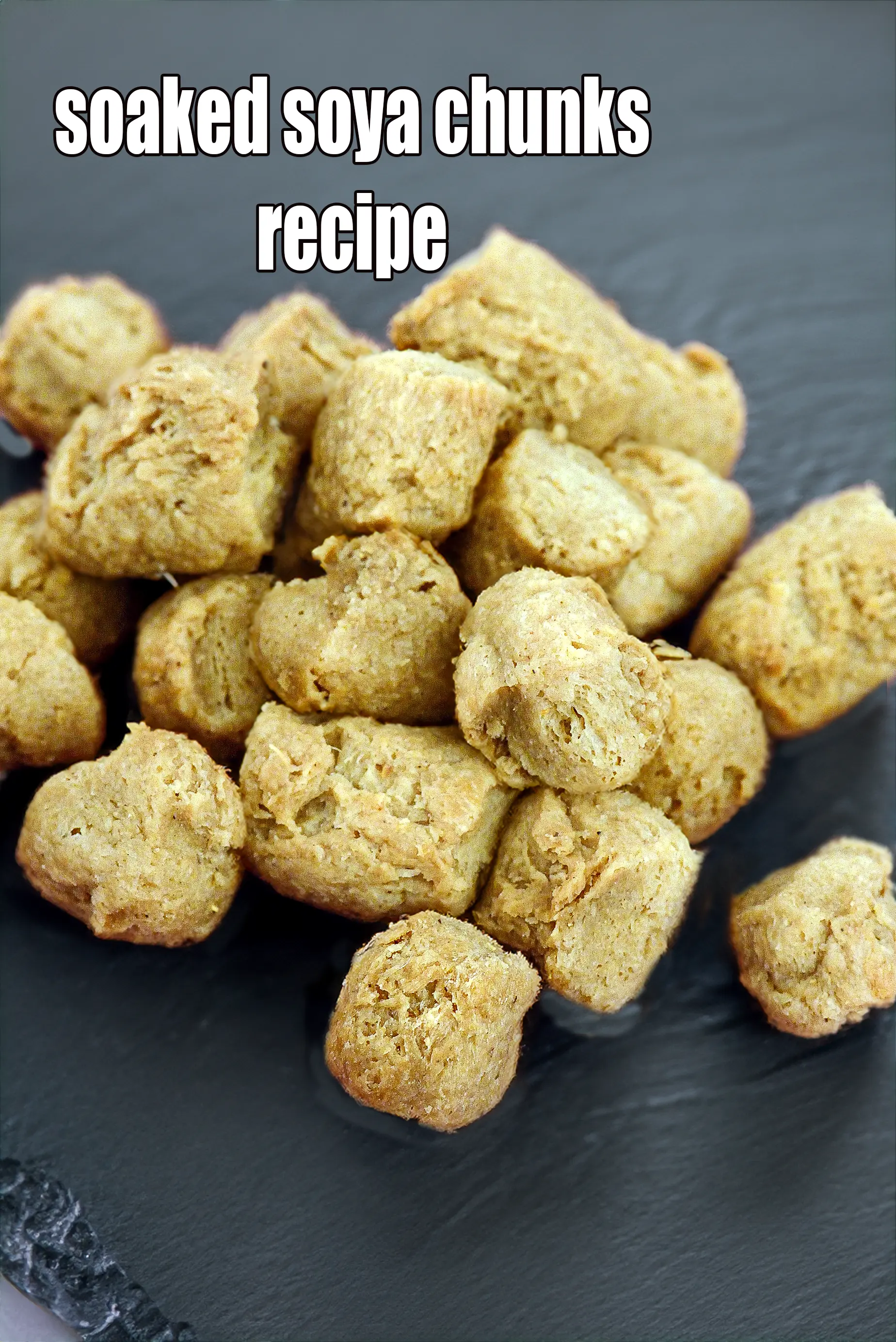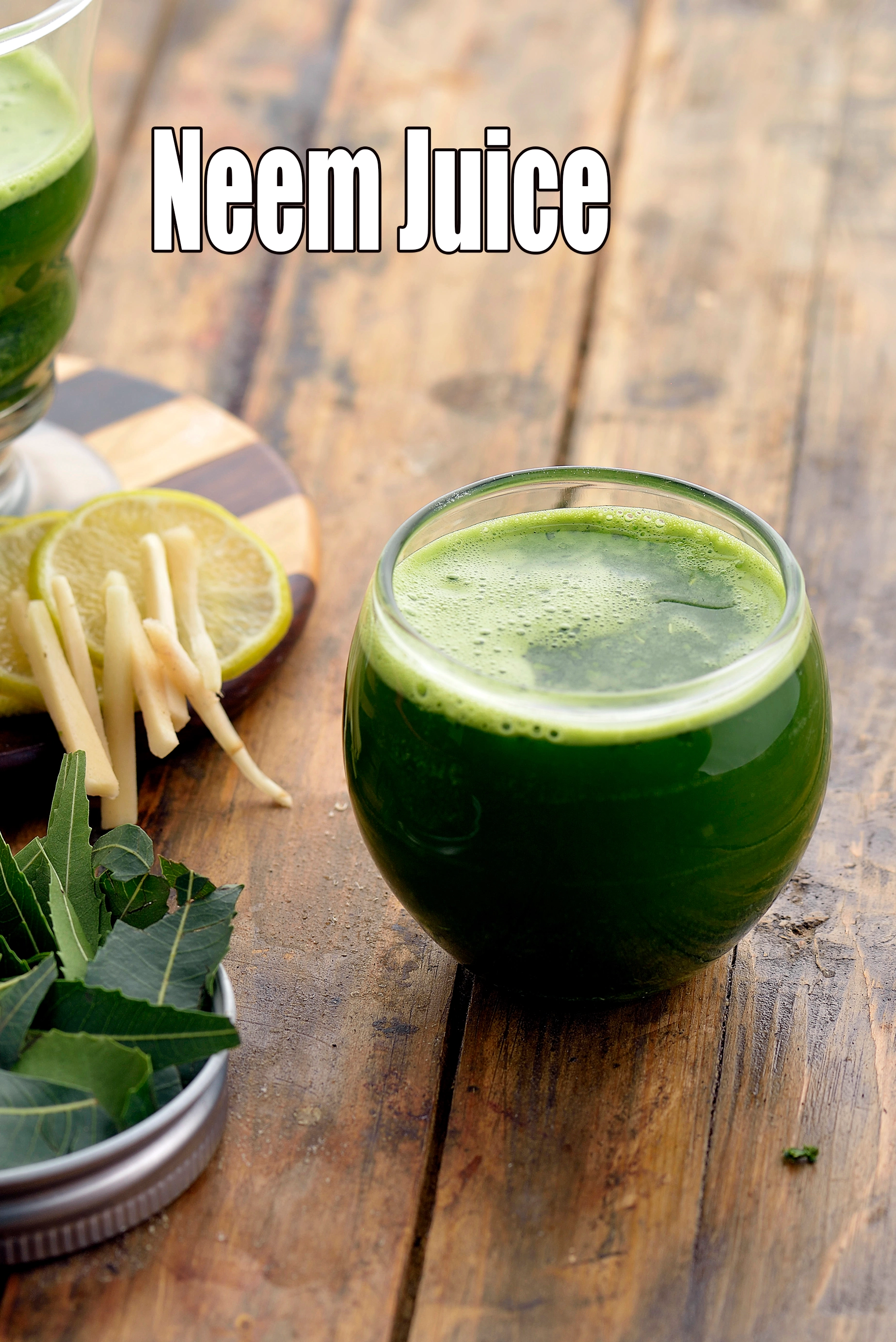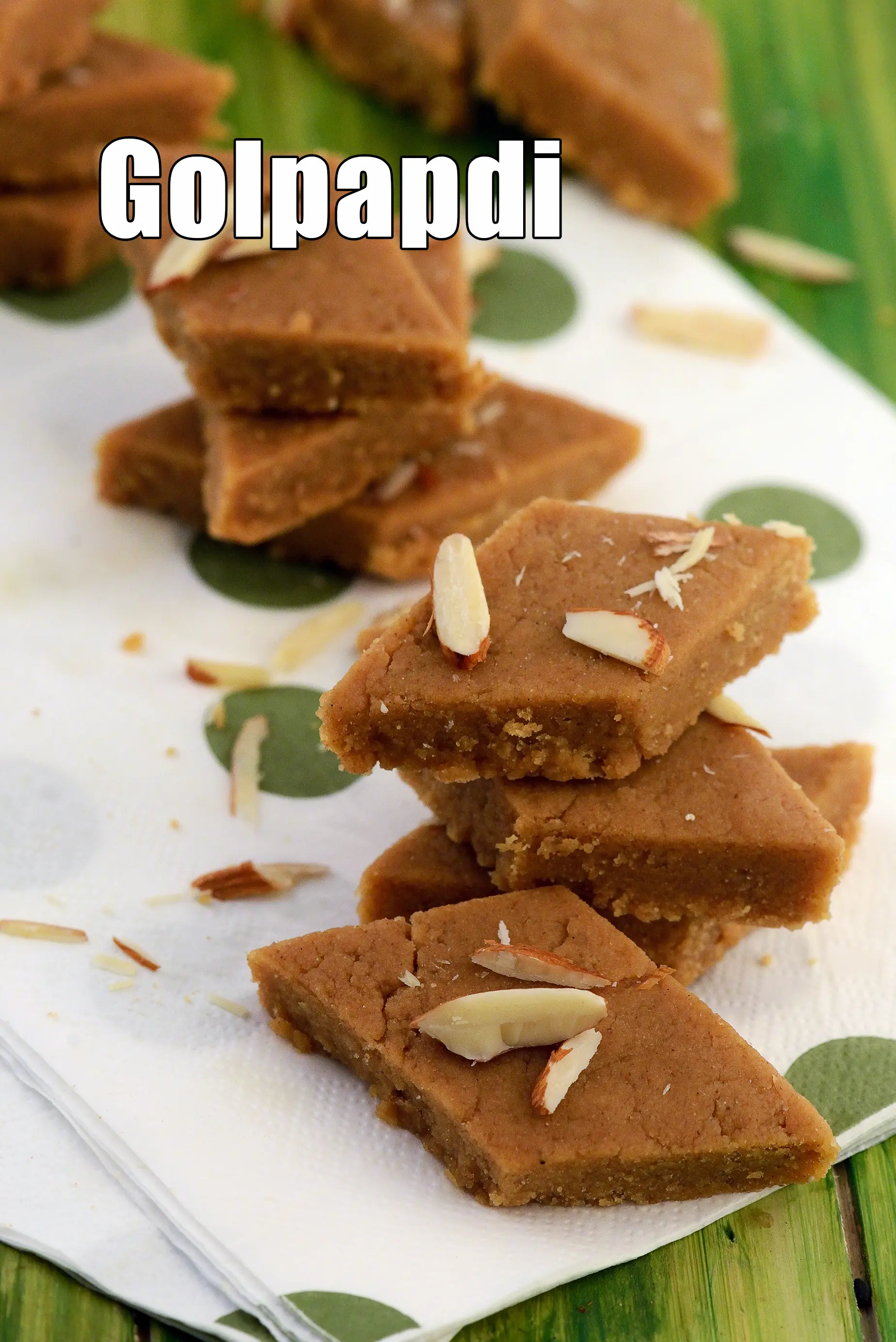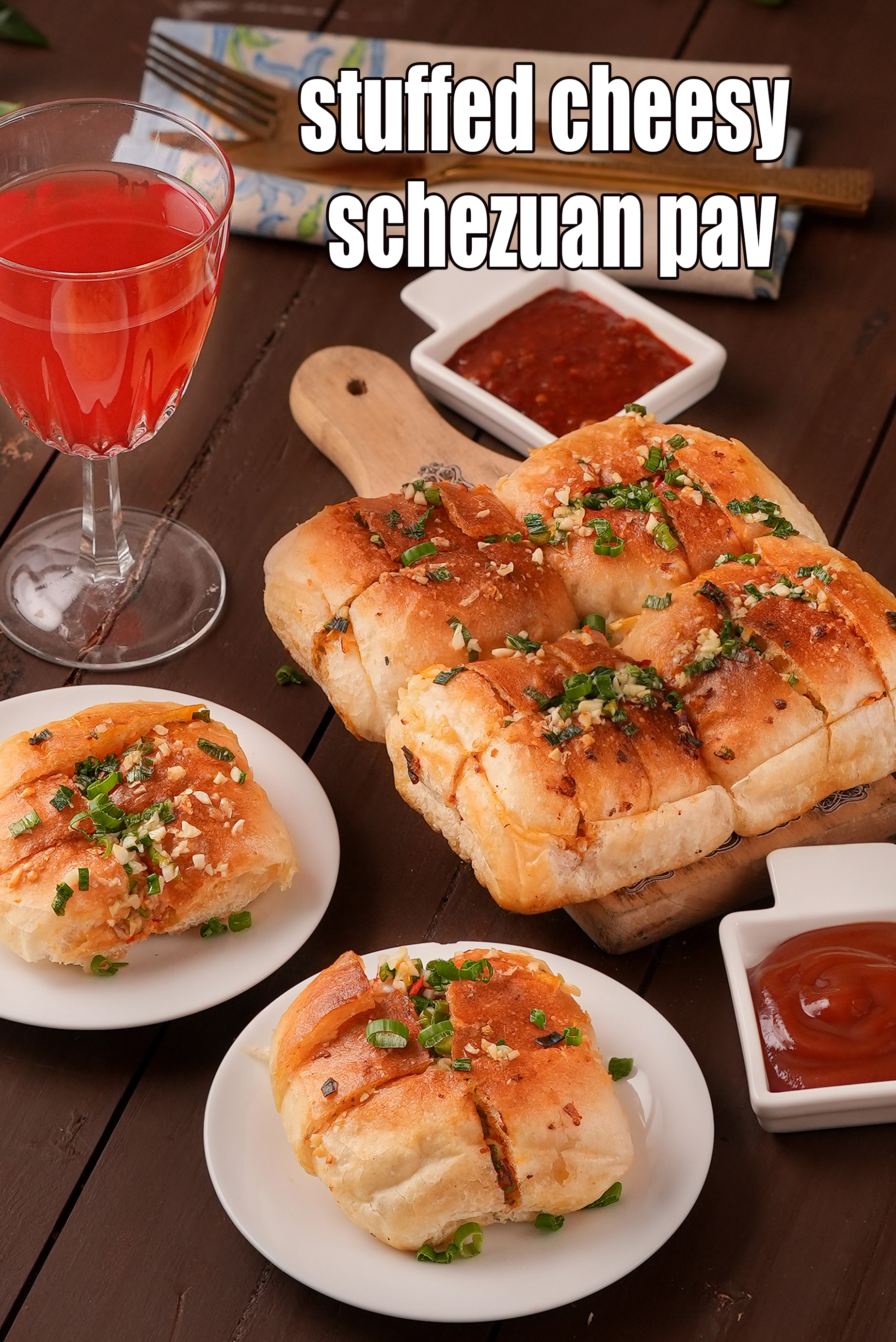Search & Articles
Search from thousands of articles from sabzi, roti, chawal, dal, paneer, Indian recipes to health articles.
What Are The Basic Ingredients For Achaars?
This article page has been viewed 7504 times

What are the basic ingredients for Achaars?
What are the basic ingredients for Achars and Murrabas?
Everything that you need for pickle making can be found in your local shop and around your own kitchen. Choose seasonal fruits and vegetables. Follow the recipes correctly, using nothing more complicated by way of equipment than a non-corrosive pan and a stainless steel ladle for mixing.
a. Fresh fruits and vegetables : Although pickles and murabbas are an excellent way to make use of seasonal produce, they should never be regarded as a way of salvaging mouldy or rotten fruits and vegetables. The ingredients used should always be of the best possible quality. Even a bad piece of fruit or vegetable included in the pickle can cause it to deteriorate.
b. Oil : Oil, when used in pickles, acts as a preservative. It forms a top covering layer which prevents the micro-organisms in the air from coming into contact with the food i.e. the pickled ingredient. So always ensure that the oil forms a covering layer on the surface of the pickle to prevent spoilage.
Mustard oil is popularly used in all parts of Northern and many parts of western India. Gingelly or sesame (til) oil is used for South Indian pickles. Mustard oil or “sarson ka tel “ as its known, gives pickles their characteristic taste and flavour. You can use any oil you prefer, but I would strongly suggest that you can use the oil specified in the recipe.
Refined oil is used for most instant pickle recipes.
c. Vinegar : The use of adequate vinegar ensures an acidic medium. This is not favourable for the growth of micro-organisms which cause the food to spoil or “go off”. Vinegar is a sharp tasting liquid containing dilute acetic acid (at least 5% to 7%). All bottled vinegars meet this requirement and are suitable for pickling.
d. Salt : As part of the pickling process, vegetables are salted either by sprinkling with salt or immersed in brine (salt water solution). Salting draws water out of the vegetables and thus prevents water from being available for bacterial growth.
Salting also slightly toughens the vegetables, which helps to retain their crisp texture as in the recipe of crunchy vegetable pickle, page….
Any non-iodized salt is suitable for pickling. Avoid iodized table salt, which may darken the colours of some fruits and vegetables. Coarse sea salt is particularly suitable. It is usually dried on a pan to remove any excess moisture and then powdered, except for wet brine pickles where it can be used just as it is.
e. Sugar : Sugar acts both as a flavourer and a preservative. Granulated sugar is suited for most recipes, unless specified otherwise.
SUGAR SYRUP CONSISTENCIES FOR SWEET PICKLES AND MURABBAS
1. Place the sugar in a clean heavy bottomed pan. Use good quality sugar and the specified quantities of water.
2. Dissolve the sugar over medium heat while stirring continuously.
3. Allow the syrup along with the fruits to thicken slightly until coats the back of a spoon and trickles down in a thick stream. All this stage, touch it with your index finger and press it between your thumb and index finger. On parting, one small string should form. This is syrup of 1 string consistency. This syrup consistency is used when raw fruits are cooked entirely in sugar syrup e.g. sweet and sour mango chutney, page… or pineapple and sultana chutney, page…
4. To make syrup of 2 or 3 string consistency, simmer the syrup for a little longer and on repeating the same test, you should be able to obtain a stronger thread that is also longer than that of the one string consistency. On cooling slightly, you can obtain 2 to 3 threads that stay firm for longer. This is used when steamed or cooked fruits are added to sugar syrup. The sugar syrup is cooked upto 2 to 3 string consistency as on cooling, the fruits leach out water, thus diluting the syrup e.g. kesar elaichi mango murabba, page…
f. Spices: Most pickles, chutneys and murabbas are flavoured with spices. Spices produce toxic effects on micro organisms and thus in certain cases act as a preservative. Split mustard seeds, fenugreek seeds, nigella seeds, asafoetida, chilli powder and turmeric are pickling spices that help in preservation in spicy pickles apart from flavouring when used in correct proportions. Whole cinnamon, cloves, fennel seeds, nigella seeds, garlic, ginger etc. are used for flavouring sweet preserves or murabbas.
Spices, whether whole or ground, should always be fresh otherwise there is a tendency for them to taste stale or musty. It is a good idea to buy them in small quantities or store them refrigerated.
Recipe# 3018
10 March, 2025
calories per serving
Recipe# 3154
06 December, 2024
calories per serving
Sweet Lemon Pickle, Nimboo ka Achar, No Oil Lemon Pickle More..
Recipe# 3178
17 December, 2024
calories per serving
Recipe# 3188
06 December, 2024
calories per serving
Recipe# 3191
17 December, 2024
calories per serving
Recipe# 3156
06 December, 2024
calories per serving
Recipe# 3180
06 December, 2024
calories per serving
Recipe# 3183
06 December, 2024
calories per serving


Related Articles
Follow US
Recipe Categories
- Vitamin B12 Cobalamin Rich Recipes 33 recipes
- Low Calorie, Weight Loss Indian Recipes 421 recipes
- Low Cholesterol Indian Recipes 307 recipes
- Healthy Indian Breakfast 372 recipes
- Indian Diabetic recipes 558 recipes
- Indian Pregnancy recipes 461 recipes
- Zero Oil Indian Recipes 133 recipes
- Iron Rich Indian recipes 267 recipes
- Healthy Indian Acidity recipes 132 recipes
- Healthy Sabzis 108 recipes
- Indian Healthy Veg Snack 275 recipes
- Healthy Heart Recipes 415 recipes
- Healthy Veg Indian Soups 74 recipes
- Calcium Rich Indian Recipes 373 recipes
- High Blood Pressure Indian Recipes 100 recipes
- Healthy Indian Salads Recipes 137 recipes
- Low Carb Indian Diet, recipes 160 recipes
- Hypothyroidism Diet 59 recipes
- Arthritis Diet 68 recipes
- Vitamin K Diet 41 recipes
- High Protein Indian recipes 93 recipes
- Fatty Liver Diet 30 recipes
- PCOS 131 recipes
- Gluten Free Veg Indian 193 recipes
- High Fiber 328 recipes
- Indian Cancer Patients 275 recipes
- Jaundice Diet 45 recipes
- Sprouts 61 recipes
- Typhoid 43 recipes
- Irritable Bowel Syndrome (IBS) 20 recipes
- Kidney Stone Diet 9 recipes
- Home Remedies 213 recipes
- Senior Citizen 195 recipes
- Diet for Dialysis 10 recipes
- Healthy Indian Drinks and Juices 213 recipes
- Gout Indian Recipes 17 recipes
- Potassium Rich 80 recipes
- Vegan 194 recipes
- Forever Young Diet, Anti Aging Indian Diet 255 recipes
- Indian recipes to treat Vomiting 7 recipes
- High in Omega 3 Fatty Acids 31 recipes
- Zinc Rich Foods 55 recipes
- Malaria Diet 17 recipes
- Vitamin B1 Rich Indian Foods, Recipes 101 recipes
- Vitamin A Rich, Beta Carotene, Retinol 87 recipes
- Antioxidant Rich Indian 445 recipes
- Low Veg Glycemic Index 86 recipes
- Lower Blood Pressure Salads 7 recipes
- Healthy Indian Dinner 85 recipes
- Magnesium Rich 94 recipes
- Vitamin C Rich Indian recipes 118 recipes
- Healthy Indian Lunch Recipes 29 recipes
- Lactation 25 recipes
- Hyperthyroidism Diet 46 recipes
- Vitamin E Rich 50 recipes
- Vitamin B3, Niacin Rich 41 recipes
- Post Surgery Diet 42 recipes
- Lower Blood Pressure Desserts Sweets 14 recipes
- Selenium 27 recipes
- Phosphorus Rich Indian Recipes, Foods 74 recipes
- Copper 15 recipes
- Foods Rich in Vitamin B2 Riboflavin 22 recipes
- Vitamin B6 Diet 36 recipes
- Vitamin B9 Rich Folate 50 recipes
- B Vitamins 231 recipes
- Manganese Diet 32 recipes
- Marathoners, Endurance Athletes, Triathlete 225 recipes
- Thalassemia 18 recipes
- Detox Water, Fruit Infused Water 42 recipes
- Lactose Free Dairy Free 22 recipes
- Omega 6 Fatty Acids 32 recipes
- Phytonutrients 51 recipes
- Chronic Kidney Disease Indian recipes 12 recipes
- Selenium1 0 recipes
- Quick Snacks / Quick Starters 385 recipes
- Quick Breakfast Indian 132 recipes
- Quick Sabzis 117 recipes
- Quick Rotis / Parathas 46 recipes
- Quick Indian Sweets 139 recipes
- Quick Stir-Fries 51 recipes
- Quick Vegetarian Indian Soups 72 recipes
- Quick Chutneys 67 recipes
- Quick Vegetarian Rice, khichdi Recipes 56 recipes
- Indian snacks under 10 minutes 44 recipes
- Quick Indian Dips, Gravies & Sauces 103 recipes
- Quick Veg Indian Pizza 17 recipes
- Quick Veg Pasta 25 recipes
- Quick Pickles / Aachar 25 recipes
- Quick Dals / quick Kadhis 29 recipes
- Snacks under 5 minutes 33 recipes
- Quick Healthy Recipes 43 recipes
- Quick Pressure Cooker 46 recipes
- Quick Desserts 48 recipes
- Quick 3 Ingredients 63 recipes
- Quick Indian Desserts 18 recipes
- Quick 4 Ingredients 41 recipes
- Quick 5 Ingredients 41 recipes
- Kids Tiffin Box 318 recipes
- Recipes for Toddlers (1-3 Years) 31 recipes
- Sweet Recipes for Kids 453 recipes
- Recipes for Baby (10 to 12 Months) 14 recipes
- Quick Indian recipes for Kids 72 recipes
- Indian Breakfast Recipes for Kids 192 recipes
- Recipes for Weaning (8 to 9 months) 20 recipes
- Healthy Foods for Kids 195 recipes
- Snack Recipes for Kids 619 recipes
- Recipes Kids can make 36 recipes
- Kids After School 794 recipes
- Kids Jar Snacks 66 recipes
- Finger Foods for Babies, Toddlers and Kids 76 recipes
- Kids Weight Gain 43 recipes
- Kids Wraps and Rolls 23 recipes
- Kids Veg Pasta 27 recipes
- Kids Brain Boosting 68 recipes
- Protein rich food for kids 69 recipes
- Recipes for Weaning 13 recipes
- Kids Pizzas 30 recipes
- Babies, Toddler and Kids Iron Rich Foods 31 recipes
- High Fiber Foods for Kids 39 recipes
- Kids Noodles 37 recipes
- Kids High Energy Indian Foods 103 recipes
- Kids Calcium Rich Indian recipes 91 recipes
- Kids Recipes for Increasing Immunity 10 recipes
- Babies recipes, 6 to 18 months 31 recipes
- Kids Weight Loss 58 recipes
- Teething Recipes for Babies 10 recipes
- Cereals and Pulses for 8 to 9 months Baby 5 recipes
- Weaning foods at 7 months 8 recipes
- Indian Teen 315 recipes
- Starters / Snacks 2137 recipes
- Indian Breakfast Recipes 819 recipes
- Main Course Recipes 925 recipes
- Indian Salads 385 recipes
- Indian Desserts , Sweets 985 recipes
- Indian Soups 249 recipes
- Indian Beverages, Indian Drinks 483 recipes
- Indian Dinner 903 recipes
- Indian Dinner1 0 recipes
- Indian Lunch 830 recipes
- Side Dishes 449 recipes
- Indian Travel Food 433 recipes
- Indian Barbeque1 recipes 22 recipes
- Frozen Foods, Indian Freezer Recipes 67 recipes
- Whole Wheat Recipes 56 recipes
- Indian Comfort Foods 212 recipes
- Dinner Menus 56 recipes
- Easy Indian Veg 70 recipes
- Innovative Indian Recipes 27 recipes
- No Cook Indian 37 recipes
- Advanced Recipes 10 recipes
- Cakes with Eggs 13 recipes
- Microwave 230 recipes
- Oven 619 recipes
- Indian Steamer Recipes 102 recipes
- Kadai Veg 406 recipes
- Indian Barbeque Recipes 43 recipes
- Sizzler tray 15 recipes
- Mixer 566 recipes
- Pressure Cooker 315 recipes
- Tava 646 recipes
- Non-stick Pan 1394 recipes
- Appe Mould 17 recipes
- Pan 223 recipes
- Indian Freezer recipes, meals 56 recipes
- Deep Pan 148 recipes
- Non Stick Kadai Veg 203 recipes
- Refrigerator 176 recipes
- Waffle Indian recipes 6 recipes
- Handi 12 recipes
- Juicer and Hopper 64 recipes
- Grill 30 recipes
- Toaster 21 recipes
- Gas Toaster 7 recipes
- Steam 72 recipes
- No Cooking Veg Indian 335 recipes
- Vegetarian baked Indian recipes 380 recipes
- Boiled Indian recipes 129 recipes
- Deep Fry 259 recipes
- Indian Tawa 266 recipes
- Shallow Fry Indian 25 recipes
- Microwave1 173 recipes
- Saute 274 recipes
- Indian Pressure Cooker 171 recipes
- Stir-fry 100 recipes
- Roasting 0 recipes


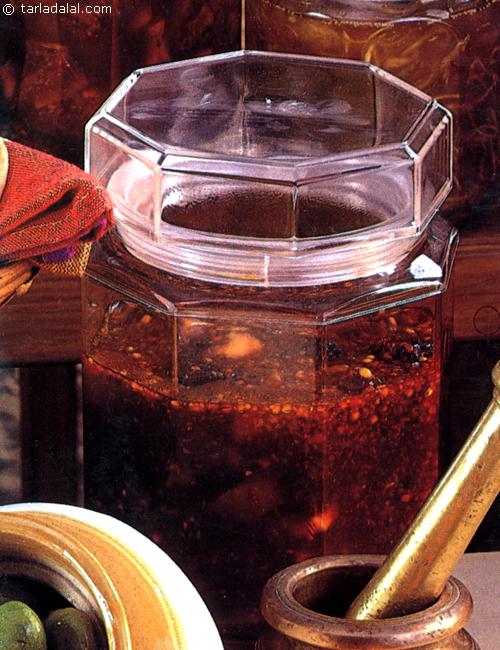
-15923.webp)
